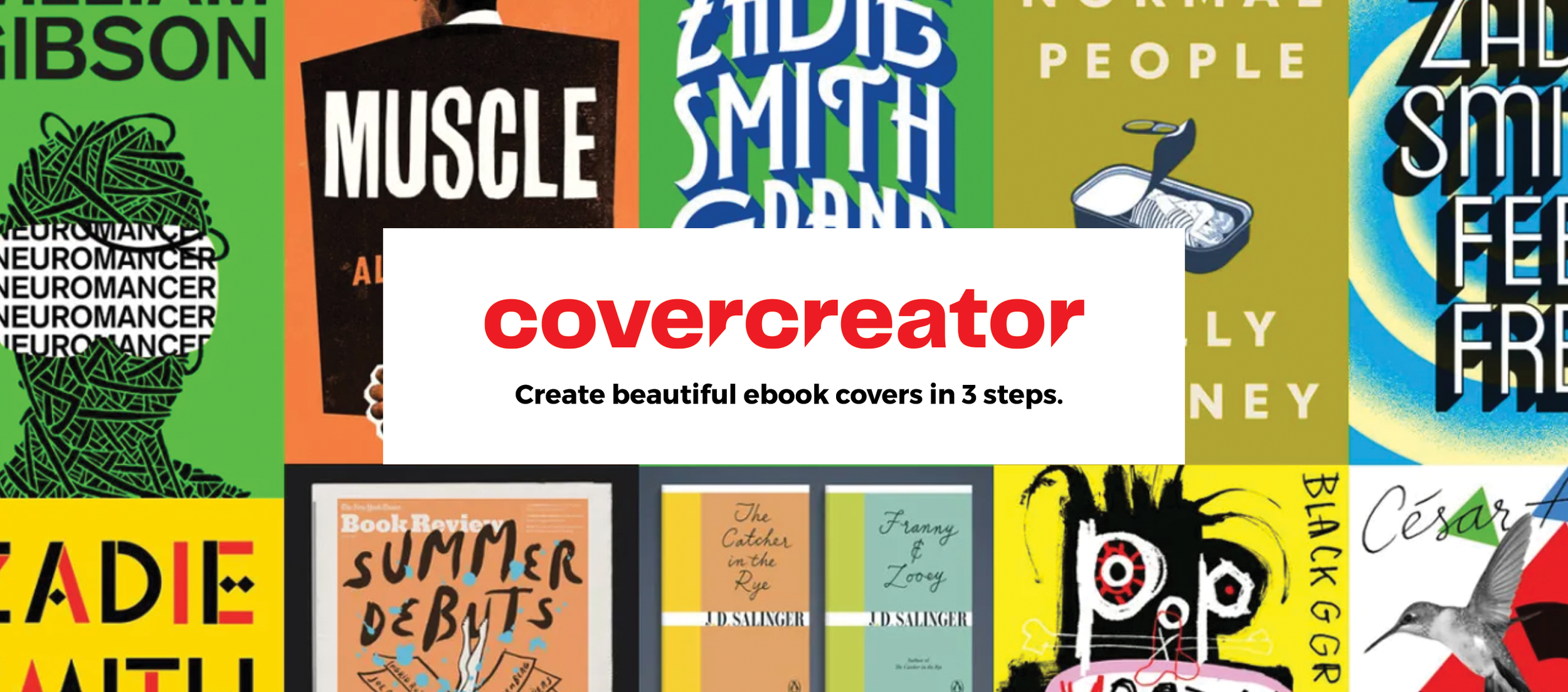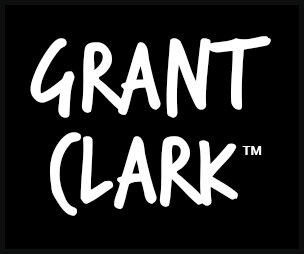
eBook Cover Creator | Startup (Product Design)
As a children’s book writer and budding self-publisher, I realised that a lot of authors could write a book, but got stuck when it came time to create a book cover for their masterpiece.
So as a personal project and interest in a potential side hustle (I hate that term), I undertook to do some more research into whether a simple to use eBook cover creator might be a viable product in the self publishing ecosystem. An important point to note when it comes to uploading a cover design for an online marketplace is that an author does not need to think about a back cover or spine design. It’s essentially one JPG or PNG that needs to be uploaded.
I also hoped it might also give me the opportunity to take on some more bespoke book cover design briefs which I’ve always enjoyed when I get the chance.

Problem & Hypothesis
THE PROBLEM
Self-publishing authors do not have the budget, skills or design awareness to create a quality bespoke book cover that will attract buyers and new readers. Authors also need to be able to test and change their digital book cover.
THE HYPOTHESIS
Self-publishing authors need an affordable and easy-to-use solution to create eBook covers - the current market offerings are too expensive and too complicated to use.

Challenges & Goals
GOALS
The main goal was to find out whether an online automated book cover creator was genuinely needed by budding authors. Could there be a market for this product? Authors are generally not wealthy and very budget conscious, so it needed to be a product that offered good value for money and ease of use for someone with no design skills and knowledge.
Were there any existing products out there already? What was the quality of design? What kind of level of control did they give to authors in the design process?
What could the model for monetisation be? Free? Subscription based? Once off fee?
Was this going to be an online service or did an app need to be developed?
On a more practical level, I was currently transitioning in my day job from Sketch to Figma and this was an opportunity to learn more about Figma and dive into some prototyping.
CHALLENGES
I needed a much deeper understanding
In order to provide a viable product I needed a much better understanding of the self-publishing ecosystem and how the different jigsaw pieces fitted together.
I had limited resources
How was I going to locate and talk to potential self-publishing authors and grab their time? I didn’t have a big budget, so this was going to be a very lean type of process, but I wanted it to be as thorough and as informative as possible within my own budgetary and time constraints.

My role
Product strategy
User research & analysis
Persona creation
MVP definition
Wireframes
UI design & prototyping
Not good: “many features, none of them good” approach.
Much better: “fewer features, all of them delightful” approach.
”When a product is delightful it just makes sense. The product is just intuitive and your experience is highly satisfying. Delightful products are adopted faster, get better word of mouth, and create higher satisfaction.”

The Process
PASSIVE RESEARCH
I conducted research into similar services and how they presented themselves in terms of language, tone, platform ease of use, SEO and how they monetised their services. Besides self discovery, I did a deep dive into self help articles, videos and books, as well as asking existing authors which services they used or recommended. And importantly why?
ONLINE SURVEY
Following on from the insights and knowledge that I wanted to gain regarding self-designed book covers, I set about creating a survey that I could distribute easily to various self-publishing communities and groups. These included Facebook groups, booksellers, authors (self published and unpublished) and some book clubs.
I primarily used a link to a short online Google survey as well as direct emails and the survey itself contained 16 questions.
1. Your biggest challenge in self-publishing.
2. What genre does your book fit into?
3. What is the biggest financial cost in your self-publishing journey?
4. How important do you think your book cover is to selling more copies?
5. How would you go about designing your book cover?
6. What was your biggest challenge?
7. Are you happy with your current book cover?
8. What service did you use to design your book cover?
9. What was your budget when it came to designing your book cover?
10. Have you used design software before?
11. Do you think you have a good eye for design?
12. How much testing do you do when it comes to finding out which book cover design works best for your book and genre?
13. If you work with a designer, how much communication do you have with the designer?
14. How long did the process take?
15. Were you happy with the outcome?
16. How much are you willing to pay for an eBook cover creator?

The Results
PERSONAS
Based on my interviews and the insights gained, I created 3 distinct personas which I referred back to regularly when creating my user journeys and wireframes for prototyping:
Persona 1:
Sandra is 32, has a full time job as a teacher, but writes on the side and dreams of publishing a book herself. She’s interested in the romance genre. She wants to try the self publishing route, but is still learning about the self publishing industry and how it all fits together. She’s in a relationship and also saving to buy a house and doesn’t have a large budget. She’d like to test the waters and see what it takes to self-publish though. She’s confident that she knows what she’d like on her cover and is proficient with using computer programs and online services. Designing a cover online wouldn’t scare her, if it was intuitive and easy to use.
Persona 2:
Rosie is 62 and retired. She’s a published author, but doesn’t like being told what to write and wants more control over her writing journey. She’s interested in trying self-publishing, but the writing part is the easy part. Design and marketing is not. She knows what she wants from her book cover, but doesn’t have the budget to hire a designer and get a bespoke cover produced. She’s happy to try an online service if it’s really easy to use and walks her through the steps.
Persona 3:
Mischke is 43 and a professional full time author. She’s self published before and is quite experienced with the entire process. She’s highly focused on her marketing techniques and recognises that changing her book cover and testing different book covers is a good way to increase sales. She’s used online eBook cover services before. She’s looking for a quality service that she can use again and again, without having to break the bank or hire a professional designer.

MVP Goals
Based on my user research and the personas I created, I established that there were three main needs:
Ease of use, intuitive
Affordable
Professional design

User Stories & Flows
Next, I created a small set of user stories which would ultimately fulfil the essential goal of this online service, namely: “I would like to create an eBook cover and download it for my eBook. This was a very niche and focused product and for that reason, I only built out the main user journey for testing purposes.

Ideating solutions
LOW FIDELITY WIREFRAMES
I created some low fidelity wireframes that encompassed the screens that were necessary for users to reach the main goal of downloading a finished eBook cover. Using these wireframes I showed them to three authors that I had immediate access to and asked them to test the main proposed user flow.
WIREFRAMES FINDINGS
The wireframes surfaced some issues, mostly to do with labelling and calls to actions. It also became quickly apparent that I would also need to build a simple onboarding solution, something that would help guide first time users through the steps.

THE OUTCOME
Ultimately I used this project and process to help my own journey into the self publishing world. But what I learnt about the book cover design process was fascinating.
Some of my main findings included some obvious ones, but also some really fascinating and unexpected insights:
Authors are poor. Budget is a huge barrier and challenge.
Authors are not generally digitally savvy. Given that the majority of self-publishing happens in an online environment, this presents many challenges from the start.
While there are tons of articles on what makes a good design for a book cover, there aren’t a lot of automated or do-it-yourself services that offer quality ebook cover design.
The popular choice for automated book cover design seems to be offering a mobile app and making people log in. I think this doesn’t make sense. I don’t want to have to download and learn how to use an app and I’d rather design on a proper screen and not my phone screen.
Authors have a good idea of what they want their own book cover to look like. (This doesn’t mean they are right.)
They want to test multiple cover versions and also for different markets.
They want a way to save their progress and book covers.
I’m currently still user-testing my prototype and presenting to authors and other interested parties. Watch this space :)

